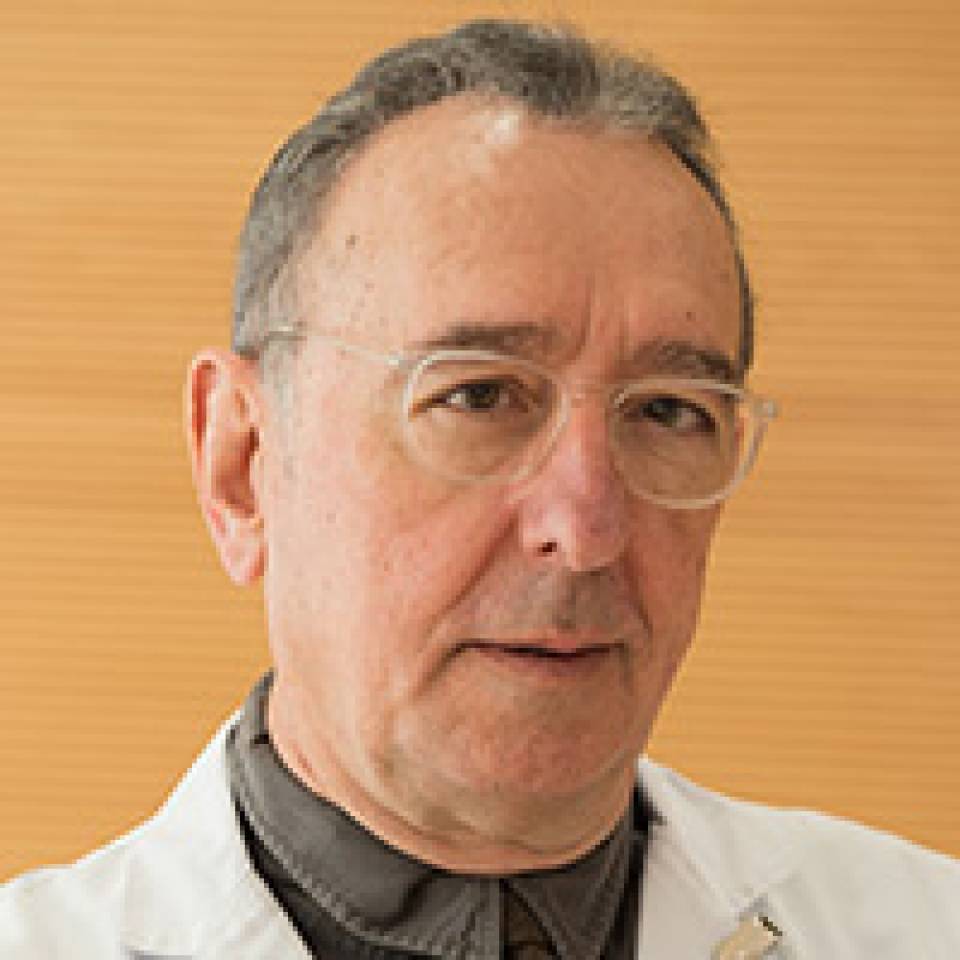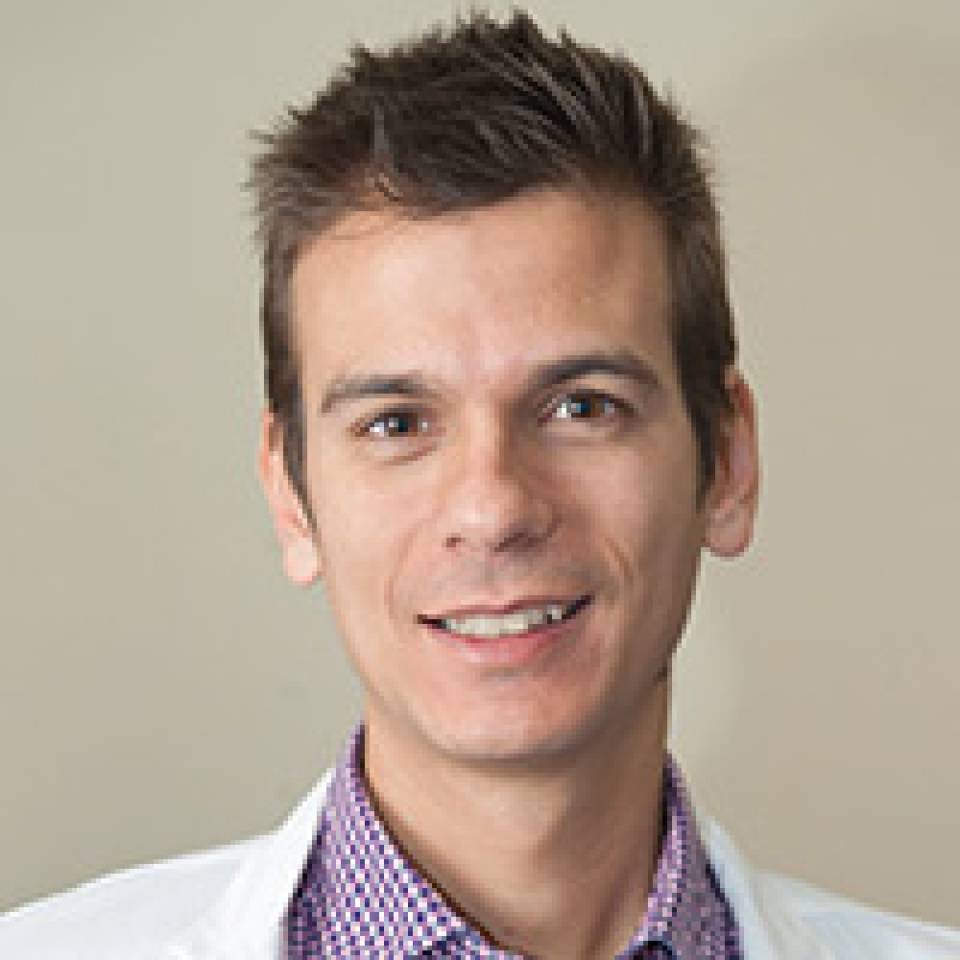Treatment of Schizophrenia
The drugs currently on the market are safe and effective for the patient. Their effectiveness, which has been widely demonstrated over the last 50 years, is based around two points: firstly, remission of the psychotic symptoms during the acute stage; and secondly, prevention of further relapses.
Therefore, an important part of the work that must be carried out along with the family and healthcare team consists of ensuring correct therapeutic adherence, as well as persuading the patient of the need to follow their treatment, even if the symptoms may have remitted.
The range of medicines used to treat schizophrenia includes different families of drugs:

Antipsychotics. Antipsychotic drugs are indicated for patients with schizophrenia and must always form the basis of any treatment plan.

Medicines to correct the side effects of antipsychotics.
When the first antipsychotic drugs, also known as classical neuroleptics or first-generation antipsychotics, were introduced into clinical practice in the 1950s it marked the beginning of a genuine revolution in the history of medicine. The first example was chlorpromazine, which was discovered in 1952 by Delay and Deniker. In 1958, Paul Janssen introduced haloperidol, a cornerstone of schizophrenia treatment for three decades.
In the early 1990s, the first second-generation antipsychotics were marketed, including risperidone, olanzapine, quetiapine, amisulpride, ziprasidone and aripiprazole. More recently, lurasidone and cariprazine have also appeared on the market. Clozapine deserves a special mention as the first member of this group of atypical antipsychotics. It was developed and marketed in the 1970s and indicated especially for treating patients with treatment-resistant schizophrenia.
From the patient’s and their family’s point of view, the basic difference lies in the fact that second-generation antipsychotics are universally more effective and less likely to have negative effects on their motor function (rigidity, lack of facial expression or an inability to express oneself through gestures (amimia), restlessness), level of sedation, mood or intellectual capacity. However, a disadvantage of the new antipsychotics is that some of them bring about weight gain and other metabolic problems. In addition, clozapine can cause a decrease in the number of white blood cells that defend against infections, which is why frequent blood tests are required at the beginning of the treatment.
Another important point to consider is that antipsychotics must be taken for at least 2 to 3 weeks before they start to act on certain symptoms, and this period can be extended up to 6 to 8 weeks in the case of clozapine. It is this time delay until the onset of action that often justifies a hospital stay for longer than two weeks.
In order to ensure antipsychotic coverage lasts for several weeks, the classic or conventional antipsychotics were developed into their depot form (fluphenazine, pipotiazine or zuclopenthixol) which, although effective, produced unfavourable side effects (post-administrative sedation, low blood pressure, extrapyramidal symptoms, etc.).
Recently, by means of more complex technology, risperidone, paliperidone, olanzapine and aripiprazole have been introduced as atypical antipsychotics with a long-acting formulation that combine the aforementioned advantages of second-generation antipsychotics with those of long-acting injectable formulations. They only have to be administered every two or four weeks (depends on each medicine) and so family members no longer have to worry about a daily drug regime.
In the last 5 years, we have had 3-monthly administration formulations of paliperidone palmitate. However, very recently, for the first time in the history of psychopharmacology, we have a 6-monthly administration formulation; this makes maintenance treatment with antipsychotics possible with only two injections per year.
It is important to highlight that oral antipsychotics may also be required temporarily while beginning the administration of some of these long-acting drugs.
Finally, it should be stressed that long-acting antipsychotics, although initially more expensive, prevent relapses and reduce the rates of hospitalisation, thus reducing the economic cost associated with schizophrenia.

Antidepressants. Patients with schizophrenia can become depressed. Before treating depression it must be diagnosed correctly, since many of the depressive symptoms could actually be negative symptoms (e.g., apathy or a lack of interest in social relationships) or periods of demoralisation due to the patient’s life situation. Having made the diagnosis, it is essential to treat the depression because such patients present a high risk of committing suicide.
The same medicines that are effective in patients with depression are also useful in patients with schizophrenia who are suffering depression. In the last decade, the new generation of antidepressants (selective serotonin re-uptake inhibitors or SSRIs) have become the first choice drug for treating depression, basically because of their low side effects profile. Classic tricyclic antidepressants can sometimes be of use, such as imipramine or clomipramine, or dual-action antidepressants, such as venlafaxine, desvenlafaxine or duloxetine.

Anxiolytics (diazepam, lorazepam and others). These medicines, also known as antianxiety agents, are designed to reduce anxiety. They have the advantage of a rapid onset of action, which means the patient’s anxiety diminishes a few minutes after they are administered. A typical example of their use would be during a psychotic flare-up in which treatment with an antipsychotic is started. As mentioned earlier, antipsychotics require a somewhat extended period before they start acting and so they can be co-administered with an anxiolytic in order to reduce the patient’s immediate discomfort.

Mood stabilisers (lithium, carbamazepine, valproic acid and others). These medicines exercise control over impulsive behaviours and are consequently indicated for patients with a frequent lack of behavioural control or a history of substance abuse.
The most common side effects, which can be corrected with medication, are:

Tremors, involuntary movements of the tongue, lips and face, rapid breathing, muscle contractions (extrapyramidal symptoms), amongst others.

Dizziness caused by blood pressure drops.

Increased salivation.

Increased prolactin hormone levels (which can cause amenorrhoea, i.e., absence of menstruation).

Secretion of milk from the breasts (galactorrhoea).

Excessive sleepiness.

Weight gain.

Alterations in sexual function.

Tendency to develop diabetes.
A lack of treatment adherence and partial or total abandonment of medication (therapeutic non-compliance) is a significant problem in patients with chronic psychiatric illnesses, e.g., schizophrenia, as it occurs very frequently and can have serious consequences.
Therapeutic non-compliance may be due to different causes: the psychosis itself, a lack of awareness of the disease, the side effects of the medicines or a lack of information about the need to follow treatment.
It is estimated that almost 40% of patients with schizophrenia abandon their treatment during the first year and 75% during the second year. This is a very important point because up to 80% of patients experience a relapse of the condition in the first 5 years. In fact, patients who abandon their medication increase the risk of a relapse by a factor of five.
Relapses tend to be more severe and require more time to overcome. Researchers have also noted that abandonment of medication is accompanied by relapses associated with a greater risk of suicide and aggressive behaviour. Furthermore, there is a growing consensus among doctors and ever-increasing biological evidence to suggest that successive relapses worsen the prognosis for the disease.
This therapeutic non-compliance has resulted in the development of long-acting injectable antipsychotics which guarantee antipsychotic coverage over the course of several weeks, thus preventing treatment interruptions and, consequently, possible relapses.
During situations in which the patient needs to be hospitalised or admitted to the emergencies unit (due to a flare-up of symptoms), antipsychotic medicines sometimes have to be administered via an intramuscular injection, which has an immediate, yet short-lived, effect (short-acting injectables). Both conventional and second-generation injectable antipsychotics are available to cover this need. There is also an inhaled drug, loxapine, currently available to treat mild to moderate agitation.
There are two types of psychological intervention: individual (one therapist with one patient) and group therapy (one therapist with several patients). They can also be classified according to the techniques or proposed objectives. Psychosocial treatments can be carried out by a range of healthcare professionals (psychiatrists, psychologists, nursing staff and social workers). Included among the psychosocial treatment methods are:
- Psychoeducation
- family therapy
- social skills training
- vocational rehabilitation
- cognitive behavioural therapies
- cognitive rehabilitation
It is important to stress that these current psychosocial techniques are a complement to and not a replacement for drug-based therapies. In other words, they form part of the integral therapeutic approach to schizophrenia and must be combined with drug-based therapy that forms the central axis of the overall treatment. Furthermore, it is critical to point out that their indication should be tailored to each case and the specific stage of the disease at that time.
The appropriate management of patients with schizophrenia must involve holistic therapy with an optimised medicine regime, psychological interventions and psychosocial rehabilitation following an individualised plan.
Substantiated information by:



Published: 20 February 2018
Updated: 30 November 2022
Subscribe
Receive the latest updates related to this content.
Thank you for subscribing!
If this is the first time you subscribe you will receive a confirmation email, check your inbox


